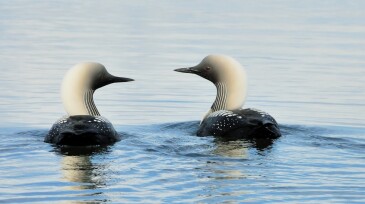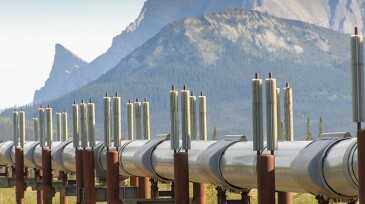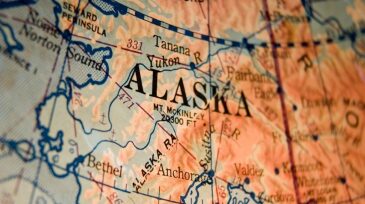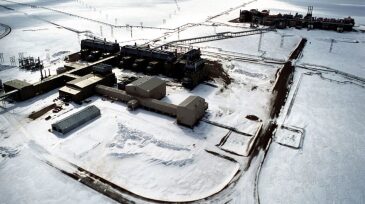Arctic National Wildlife Refuge
-
The administration will cancel oil and gas leases in the Arctic National Wildlife Refuge and set aside more than half of the National Petroleum Reserve.
-
A new study that analyzed 17 years of migratory bird-nesting data in Prudhoe Bay, Alaska, revealed that nest survival decreased significantly near high-use oil and gas infrastructure and its related noise, dust, traffic, air pollution, and other disturbances.
-
The Biden administration reversed a Trump administration plan that would have allowed the government to lease more than two-thirds of the country’s largest swath of public land to oil and gas drilling.
-
As Canada, Greenland, and even Norway shy away from developing their Arctic oil and gas resources, only Russia and the US remain in the game as Alaska seeks to renew interest in exploration and development of its North Slope.
-
The decision blocks, for now, oil and gas drilling in one of the largest tracts of undeveloped wilderness in the United States.
-
The US Interior Department says native company missed deadline to conduct polar bear den assessment work ahead of planned geological activity.
-
The area has a potential for up to 11.8 million bbl of recoverable oil reserves. The program aims to keep oil flowing in the Trans-Alaska Pipeline System, which has seen dwindling throughput since 1988.
-
Snow depths on Alaska’s North Slope have thinned this year, the University of Alaska Fairbanks said in a study, creating a possible obstacle for exploration in part of the Arctic National Wildlife Refuge thought to harbor more than 7 billion bbl of oil.
-
A bipartisan group of House lawmakers introduced legislation that would ban oil and natural gas drilling in Alaska’s Arctic National Wildlife Refuge.









